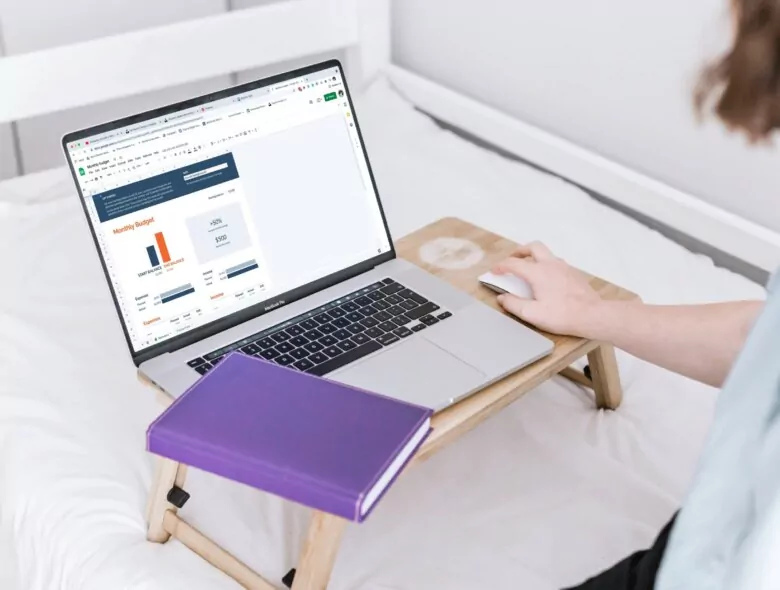As a result of the increasing cost of living many of us are looking at how to save money. Whether it is cutting costs in your supermarket shop, utility bills, subscriptions to services, or other expenses, like clothing, or eating out and drinking at cafes or bars, everyone has their own ways to save money while still being able to enjoy financial freedom.
Here in Japan, there is a money-saving technique called kakeibo. Kakeibo, a sort of financial notebook, can also be a financial philosophy based on being mindful and deliberate with both your spending and your saving.
In this article, we will discuss how to kakeibo. We’ll also explain how to use simple budget planning tools, such as an Excel spreadsheet, or just a pen and paper. Using the kakeibo technique to save your money can help you have much more financial freedom.
What is Kakeibo?
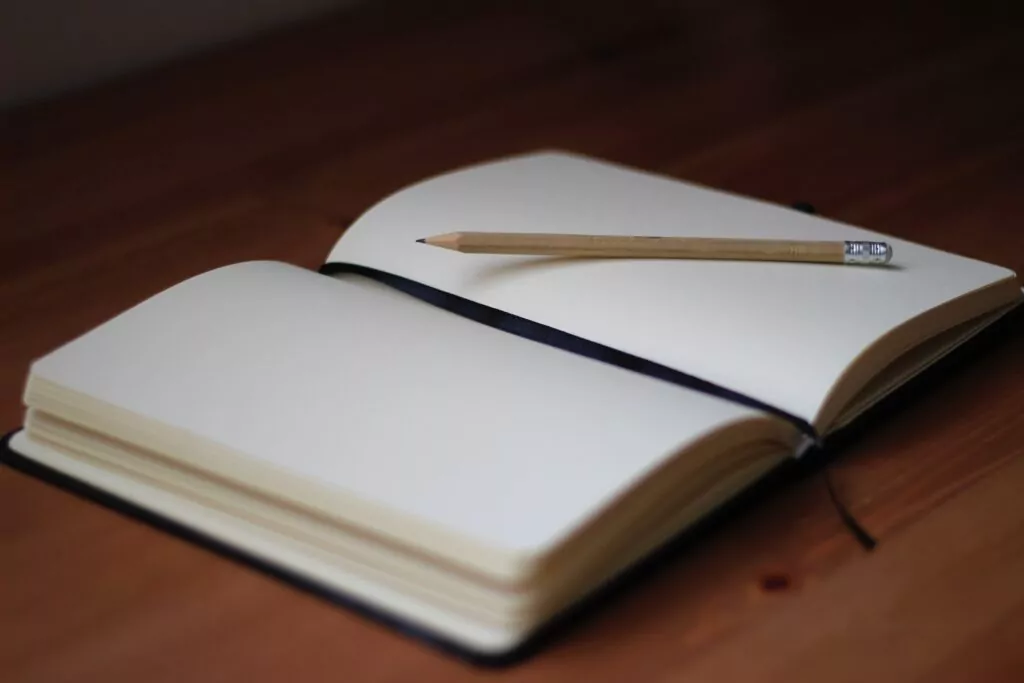
Kakeibo translates to “household finance ledger”. It was invented in 1904 by Japan’s first female journalist, Hani Motoko. Kakeibo was designed to make you aware of your spending habits. Making you aware of how you spend your money, gives you easy control of your budget. Essentially, it is a budgeting journal, giving you the tools to consider your relationship with money.
There are four principles in the philosophy of kakeibo:
- How much money do you have available?
- How much money would you like to save?
- How much money are you spending?
- How can you improve?
These principals reveal any unnecessary spending habits and help you think about your relationship to money and the intention behind each purchase.
What makes kakeibo so unique is that mindfulness is incorporated into this money-saving technique. It’s important to think about each thing you spend money on. Consider and evaluate if your purchase makes you happy or if it helps you in some way; whether that is providing safety and comfort, or helping you to achieve your goals.
With kakeibo you think about your past money spending habits too, so you can constantly adapt and re-evaluate the best ways to save your money.
How to Kakeibo
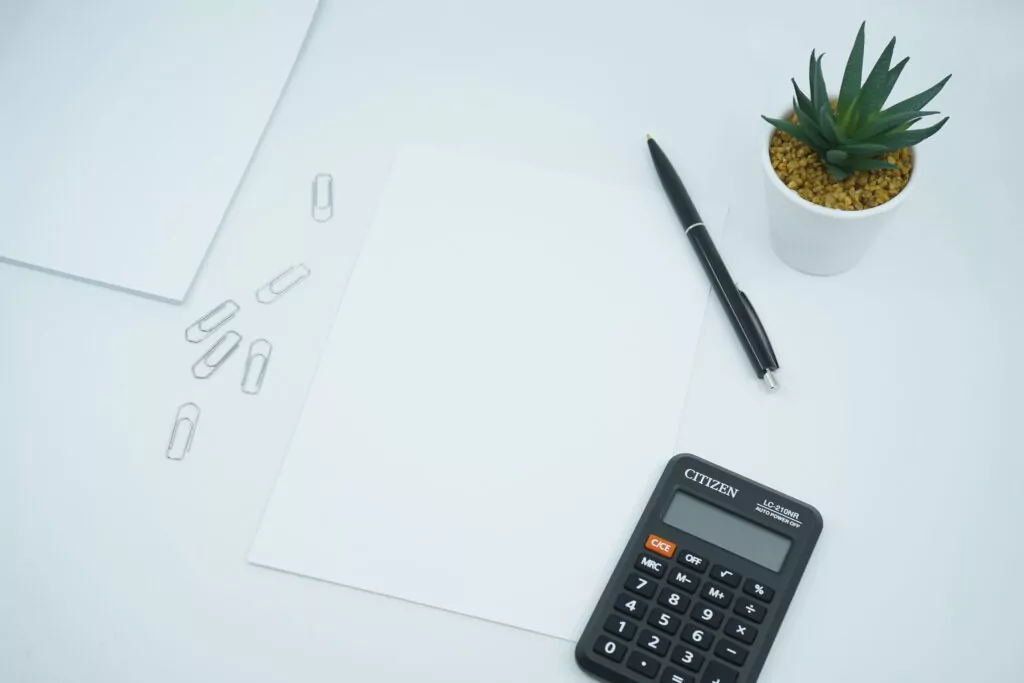
One of the hardest parts of budgeting is actually just doing it. It can be easy to keep track of your spending for a week or two, but it is a lot easier to lose motivation, and eventually fall out of the habit.
The first step of kakeibo is tracking your spending and becoming aware of what is actually happening with your money. When thinking about how to kakeibo, it’s essential to think about the easiest ways to make it become a habit for you. Using pen and paper can feel much more intentional compared to using a device. If you keep a small notepad and pen on you at all times, you can easily jot down your spending as you go about your day. This is why using pen and paper is a fundamental part of how to kakeibo.
For other people planning how to kakeibo, it may be easier to assign a specific time each day for kakeibo to jot down your spending for the day, and journal any money-related thoughts you’ve had.
So, you’ve got your pen and your paper and now you need to get started on jotting down your spending. One essential part of how to Kakeibo is categorizing your spending when keeping track of it. There are four different categories:
- Musts: the necessities and things you need to live: rent, bills, food, water, etc.
- Wants: treats and things you enjoy but aren’t necessities, eg. meals out and new clothes.
- Culture: books, music, concert tickets, cinema tickets, etc.
- Unexpected: sudden and unexpected expenses, eg. a dentist trip, repairing a phone, car repairs.
How to Save Your Money
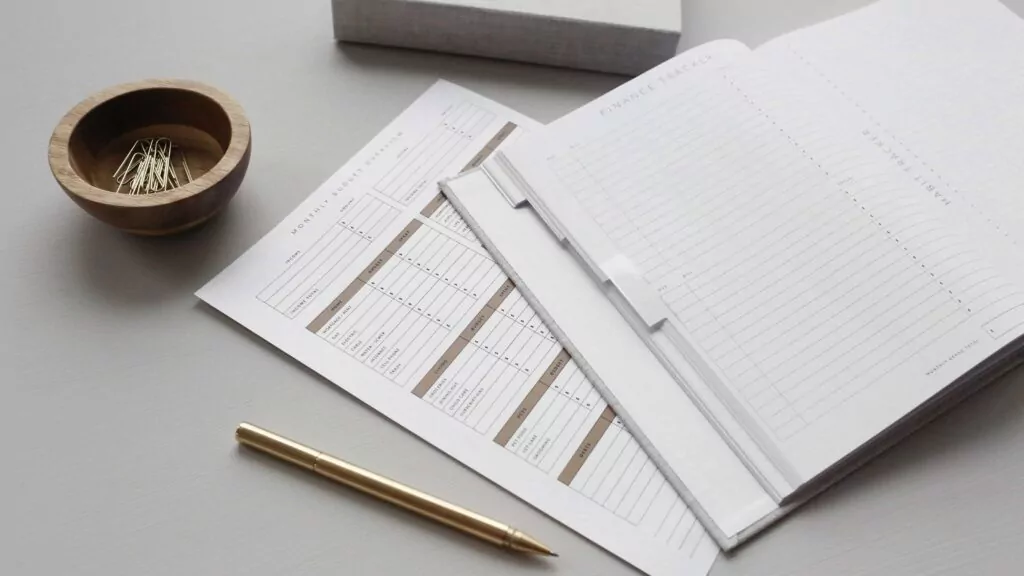
As well as jotting down your spending throughout the day, you should read through all your spending at the end of the month. By reading through your purchases on a monthly basis, you can ask yourself what categories you’re spending the most money on and consider any ways you can save money and work towards any long-term financial goals.
After figuring out what you are spending your money on by using kakeibo, you can then figure out how to save your money. This is where you should create some ideas and rules personalized to your needs. For example, you may want to start by setting a realistic savings goal for the month. This may not work for some people. For example, if you often have a lot of unexpected purchases, it may be hard to plan how much money to budget for the month. You may also want to consider exactly what kind of purchases you’ve made that don’t make you happy or help for survival. Listing these items out can help you be more aware of your spending habits and make more informed decisions regarding budgeting your money. Keeping a kakeibo is a great way to keep track of spending and cutting unnecessary items out is an easy way to save your money.
If you are considering cutting down on costs for your financial goals, one of the largest budget items is often rent. If you are looking for an affordable place to live, consider moving into a Village House to save on cheaper rent!
Kakeibo for your Financial Freedom
At the heart of kakeibo is the desire to change our spending habits and form a mindful relationship with how we use our money. Instead of making strict rules and cutting out any expenses on things we enjoy, it is about noticing the things that you can cut out for your goals. Being aware of your spending habits and getting into the habit of saving money will allow you to have more financial freedom in your everyday life. This financial freedom can help you invest in things that contribute to your quality of life. Some of these things may include moving to a new place, getting a car, and other large purchases. Having the ability to budget for those milestone purchases is important at any stage in your life.
Ideas for Budget Planning Tools
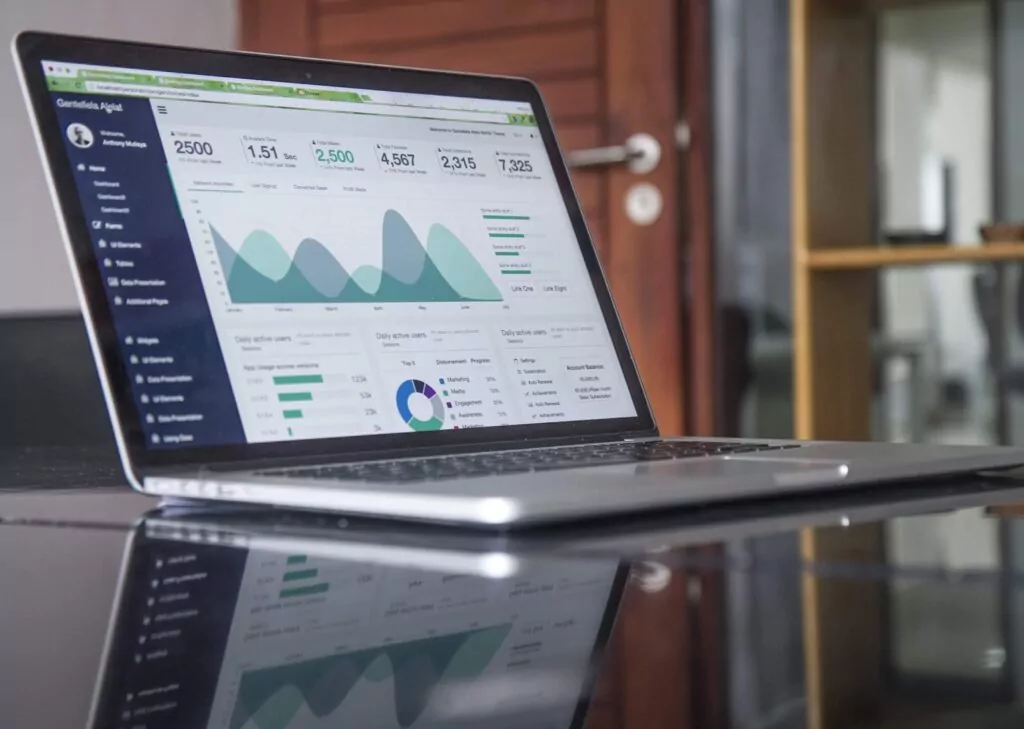
As far as kakeibo goes, the only budget planning tools you really need are a pen and paper. There are free resources online for a kakeibo formatted sheets or you have the option of buying budgeting and financial planning journals if you would like to have a clean dedicated journal.
There are also budget planning tools specific for kakeibo. A quick search on internet shopping websites will help you find kakeibo journals, as well as printable kakeibo resources. These kakeibo-oriented journals are created with the purpose of budget planning and are extremely useful for noting down the cost of different items.
Utilizing Excel Spreadsheets for Budgeting
The Excel spreadsheet has been a popular way to create a budget. You can divide your predicted expenses into the four kakeibo and create total predicted monthly expenses. Similarly, you can use an Excel spreadsheet to keep track of all the things you are spending your money on.
You can create your own Excel spreadsheet or find a template and then print these out. This way you can still write out your kakeibo physically, which feels more deliberate, making the habit easier to keep up.
You can completely change your attitude to spending by incorporating some of these ideas into your life. By picking and choosing what suits you, it makes the mindful attitude to spending much easier to keep up and you will end up saving money in the process! Good luck with the saving!


